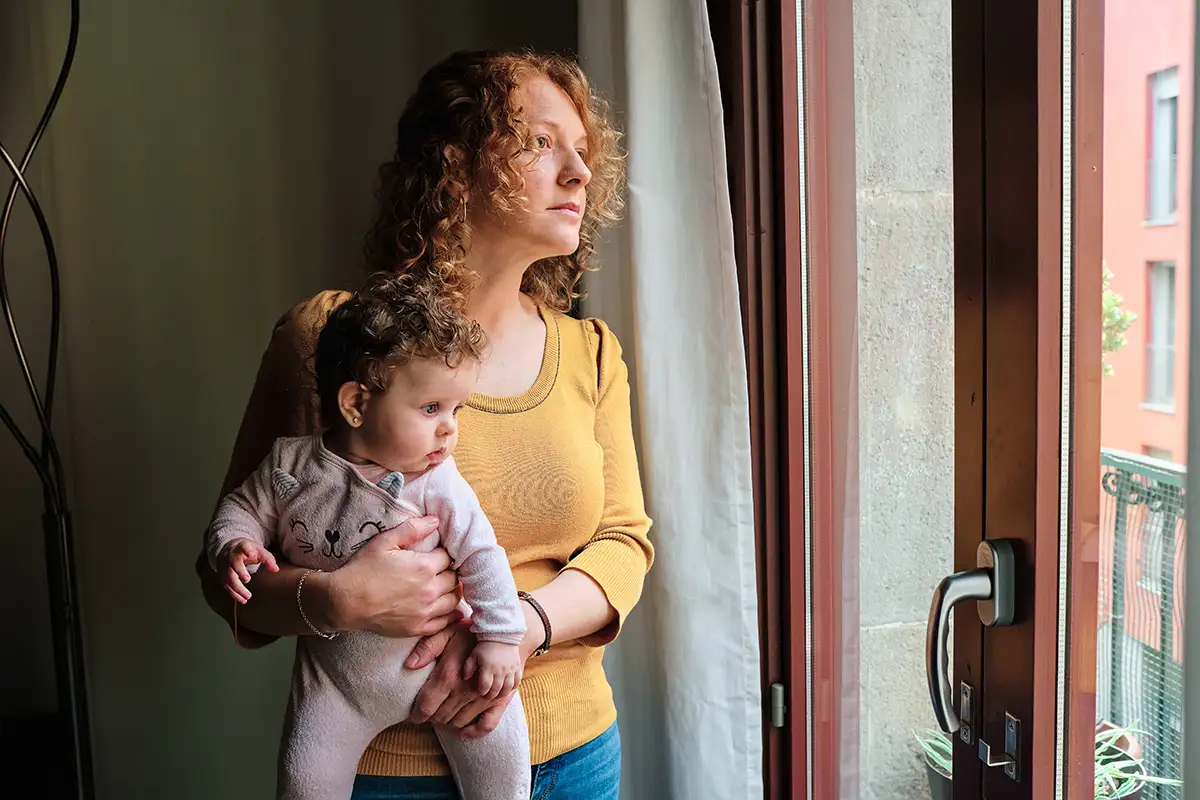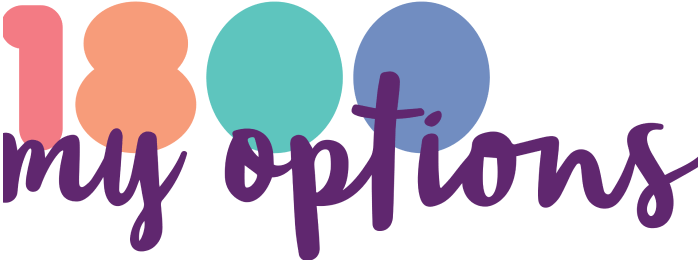Preventing gender-based violence
Preventing gender-based violence is about stopping violence before it starts.
Gender-based violence, including physical, sexual, and emotional abuse, has devastating effects on the physical and mental health of those who experience it, leading to trauma, chronic illness, and death. In Australia, one woman a week, on average, is killed by a partner or former partner. For Australian women aged 18 to 44 years, intimate partner violence is the leading contributor to death, disability and illness.
Gender-based violence is deeply rooted in gender inequality. It disproportionately impacts women, girls, trans, and gender diverse people, contributing to fear, discrimination, and poor health outcomes. Addressing gender-based violence is vital for achieving gender equity in health, as it directly affects the physical and mental wellbeing of women and gender diverse people, and influences their experiences within the healthcare system.
WHV is committed to preventing gender-based violence by educating communities, training health and community sector professionals, and advocating for systemic change to build a future where everyone can live free from violence.

Our services & support
Through training, sharing resources and advocating for systemic changed, we can all contribute to ending gender-based violence.
Further information
Need help now?
Help is available now if you need it. Click below to find a service to support you.
Please call 000 in an emergency.




